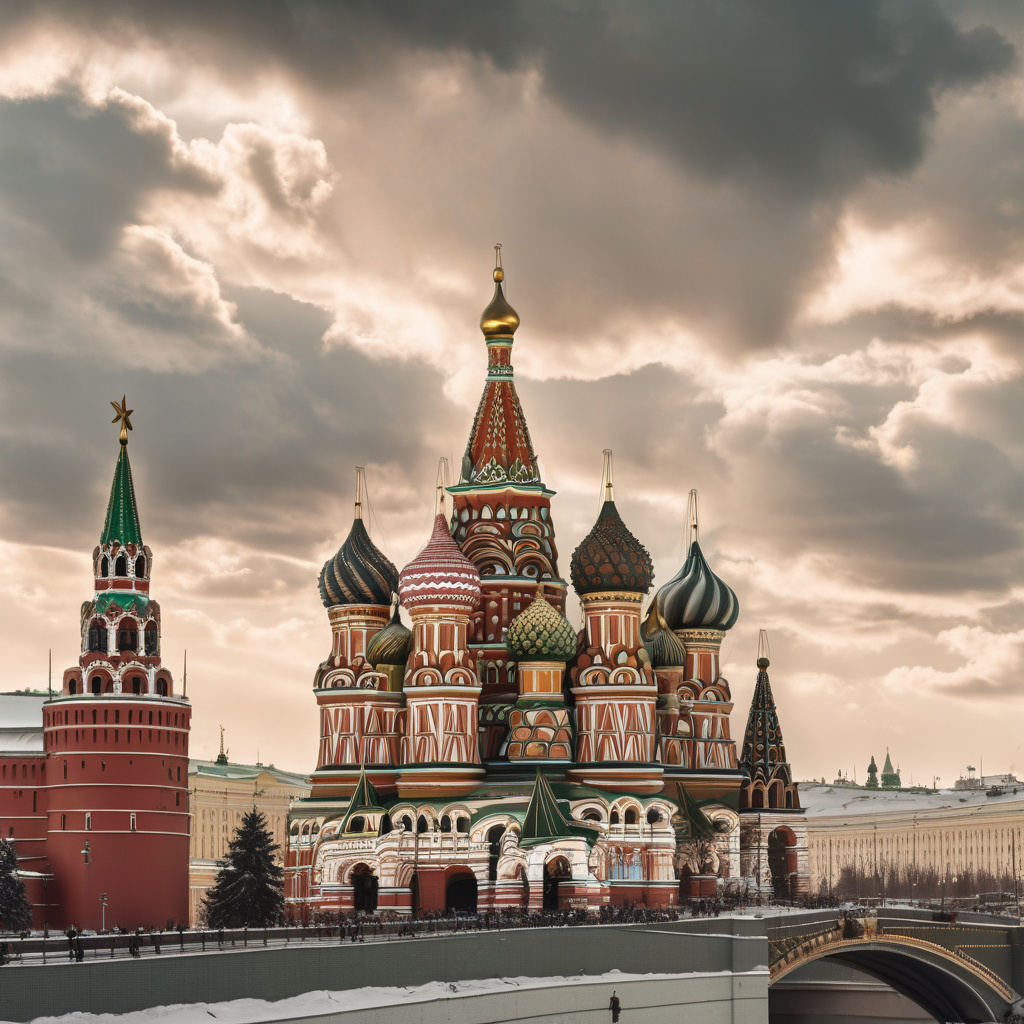Navigating the Crypto Landscape: Implications of Russia’s Potential Ban on Tether Trading
In the ever-evolving world of cryptocurrency, regulations are constantly being redefined and scrutinized by governments worldwide. The most recent development comes from Russia, where new rules may soon prohibit the trading of Tether, a stablecoin that has been both popular and controversial in the crypto community. The proposed ban is part of a larger effort to only permit stablecoins that are not linked to ‘hostile issuers’ or prone to blocking. This decision could have significant implications not only for Tether but also for the broader crypto market in Russia and beyond.
Stablecoins like Tether are designed to minimize the volatility that is often associated with cryptocurrencies like Bitcoin and Ethereum. Tether, in particular, is pegged to the US dollar, making it a popular choice for traders looking to hedge against market fluctuations. However, concerns have been raised about Tether’s transparency and the extent to which it is backed by actual reserves. These issues have led to regulatory scrutiny in various countries, including the United States and now Russia.
The Russian government’s move to potentially ban Tether trading is part of a broader effort to ensure that stablecoins in circulation are not connected to entities deemed as ‘hostile issuers’. This is in line with Russia’s stance on maintaining control over its financial system and preventing the potential use of cryptocurrencies for illicit activities. By restricting the trading of Tether, Russian authorities aim to mitigate the risks associated with a stablecoin that may not meet the necessary regulatory standards.
The implications of this potential ban extend beyond Tether itself. If Russia moves forward with the prohibition, it could set a precedent for other countries to reevaluate the status of Tether and similar stablecoins within their own borders. This could lead to increased regulatory scrutiny and potentially more stringent requirements for stablecoin issuers to ensure compliance with regulatory standards.
For traders and investors, the ban on Tether trading in Russia could mean having to adjust their portfolios and trading strategies. Those who rely on Tether as a stable asset for trading cryptocurrencies may need to seek alternative stablecoin options that are permitted under the new regulations. This could potentially lead to market volatility and uncertainty as market participants adapt to the changing landscape.
In conclusion, Russia’s proposed ban on Tether trading underscores the importance of regulatory compliance and transparency in the cryptocurrency market. As governments around the world grapple with the challenges posed by digital assets, it is crucial for stablecoin issuers to adhere to the highest standards of governance and accountability. While the full impact of Russia’s potential ban remains to be seen, one thing is clear: the crypto landscape is evolving, and market participants must be prepared to navigate these changes in order to thrive in this dynamic environment.
crypto, Russia, Tether, stablecoin, regulations
